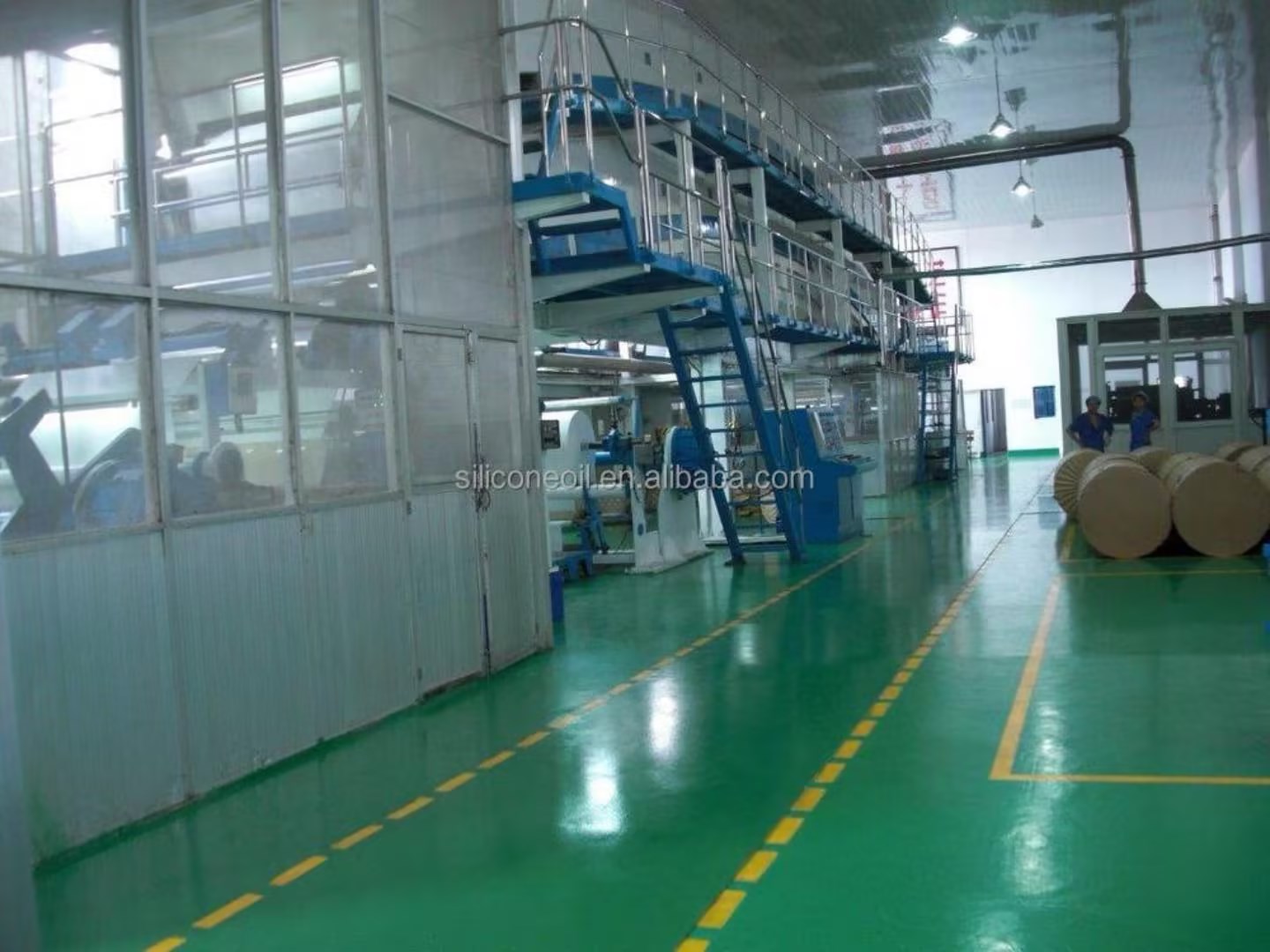The production process of silicone oil generally includes steps such as raw material preparation, condensation reaction, refining separation, and refined products. The following is a detailed introduction to each step:
Product:
https://www.112seo.com/productcategory-vinyl-silicones.html
1、 Raw material preparation
The main raw materials for silicone oil are organic silicon monomers, such as dimethyldichlorosilane, phenylmethylchlorosilane, etc. These organic silicon monomers can be extracted from coal tar through coal to oil refining processes, or directly synthesized by reacting methyl chloride and silicon powder under the action of copper catalyst (direct method). In addition, auxiliary raw materials such as solvents (such as derivatives of hydrocarbons or benzene, currently mostly heptane and toluene) and catalysts need to be prepared.
 2、 Condensation reaction
2、 Condensation reaction
In the reaction vessel, organic silicon monomers are added with auxiliary materials such as solvents and catalysts for condensation reaction. The condensation reaction is achieved by breaking the silicon hydrogen bonds in organic silicon monomers and reacting them with the silicon hydrogen bonds in other organic silicon monomers, causing rearrangement and condensation of the organic silicon monomers to form higher molecular weight silicone oil products. For example, dimethyl dichlorosilane is hydrolyzed to produce dimethyl silanol, which is then condensed into linear or cyclic polydimethylsiloxane through polymerization reaction. By controlling the reaction conditions and catalysts, the degree of polymerization and molecular weight can be adjusted to obtain silicone oil products with different viscosities and properties. In order to obtain stable silicone oil products, a terminating agent such as methyltrichlorosilane is usually added to the polymerization reaction to terminate the growth of the polymerization chain.
3、 Refined separation
After the condensation reaction, it is necessary to carry out refined separation to remove impurities and by-products. The main methods of refined separation include distillation and extraction. Distillation is a commonly used separation technique that vaporizes silicone oil by heating it, and then condenses and collects it to obtain silicone oil components with different boiling points. Extraction is the use of solvents to extract silicone oil, dissolving impurities in the solvent to separate pure silicone oil.
4、 Refined products
After refined separation, the obtained silicone oil needs to undergo a series of treatments to improve its quality and performance. These treatments include processes such as odor removal, acid washing, bleaching, etc. Removing odors is achieved by heating silicone oil and using gas diffusion to evaporate odor molecules from the silicone oil. Acid washing is the use of acid solution to clean silicone oil, removing impurities such as metal ions. Bleach is achieved by adding adsorbents such as activated carbon to adsorb pigments and impurities in silicone oil, thereby improving the color and transparency of the product.
 5、 Other production methods
5、 Other production methods
In addition to the traditional production processes mentioned above, there are also some improved production methods. For example, Baifengdeng improved the process by using reverse hydrolysis method, which involves adding water droplets to a reaction vessel containing a monomer mixture solution. Due to the much lower solubility of HC organic solvent compared to water, the residual acid in the hydrolysate will be much less, making it easier to wash with water. In addition, there is also a method for continuous production of silicone oil, such as the method proposed by Zhou Anan, which introduces methylchlorosilane, trimethylchlorosilane, and water in a certain proportion from the bottom of the kettle into the reaction kettle. The generated hydrogen chloride gas is treated by an absorption device, and the product is layered by a layer separator. The separated lower acid water enters the concentrated hydrochloric acid storage tank for recycling, and the upper hydrolysis material enters the alkali washing neutralization tank for neutralization. After neutralization, it is layered in the layer separator to obtain neutral hydrolysis material; Then, the neutral hydrolysis material is polymerized using a catalyst in a polymerization reactor. The product is filtered and low boiling point substances are removed in a thin film evaporator to obtain hydrogen containing silicone oil.
 6、 Precautions
6、 Precautions
In the production process of silicone oil, it is necessary to pay attention to controlling the reaction temperature, reaction time, and appropriately adjusting the proportion of reactants to ensure the effectiveness of the condensation reaction. At the same time, strict quality control is required for the raw materials, catalysts, solvents, etc. in each process step to ensure the quality and performance of the product. In addition, it is necessary to strengthen safety management during the production process to avoid accidents.
Overall, the production process of silicone oil is relatively complex and requires support from certain chemical processes and equipment. With the continuous advancement of technology and changes in market demand, the production process of silicone oil is also constantly improving and enhancing to increase production capacity, reduce costs, and improve product quality


